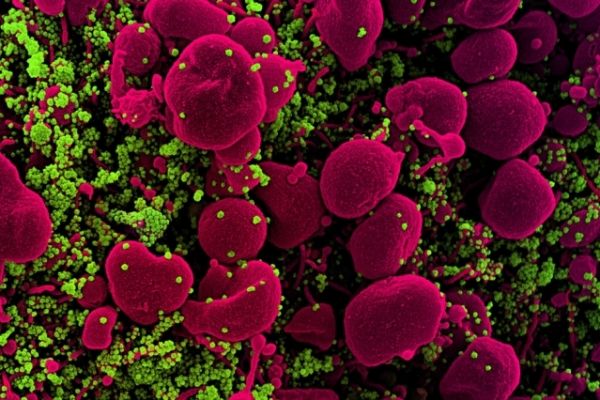Using computational models of protein interactions, researchers at the MIT Media Lab and Center for Bits and Atoms have designed a peptide that can bind to coronavirus proteins and shuttle them into a cellular pathway that breaks them down.
This type of peptide could hold potential as a treatment that would prevent the SARS-CoV-2 virus from reproducing itself within infected cells, the researchers say.
“Our idea was to use computational techniques to engineer a peptide that could be a therapeutic for Covid-19. Once the peptide gets in the cell, it can simply tag and degrade the virus,” says Pranam Chatterjee, a recent MIT PhD recipient and the lead author of the study.
The researchers have tested the peptide in human cells, and they are now planning additional cell and animal studies to further evaluate its efficacy. They reported their initial findings in a preprint posted on bioRxiv, an online preprint server, on June 1, and have also submitted it to a peer-reviewed journal. Graduate student Manvitha Ponnapati and Joseph Jacobson, an associate professor in the MIT Media Lab, co-authored the study.
Read more at Massachusetts Institute of Technology
Image: Colorized scanning electron micrograph of an apoptotic cell (pink) heavily infected with SARS-COV-2 virus particles (green). MIT researchers are using computational models of protein interactions to design a peptide that can bind to coronavirus proteins and shuttle them into a cellular pathway that breaks them down. Credit: National Institute of Allergy and Infectious Diseases/NIH


